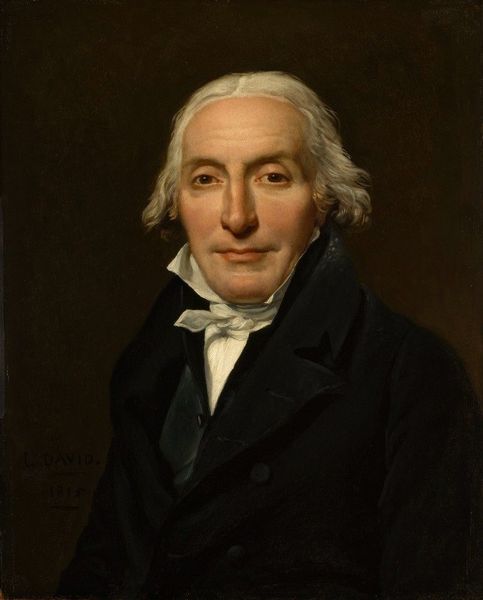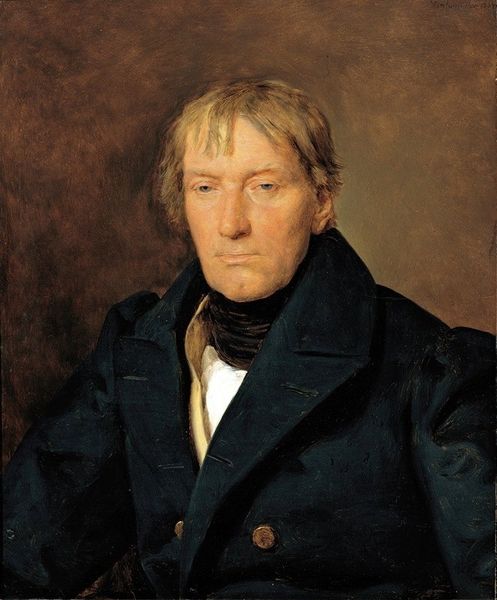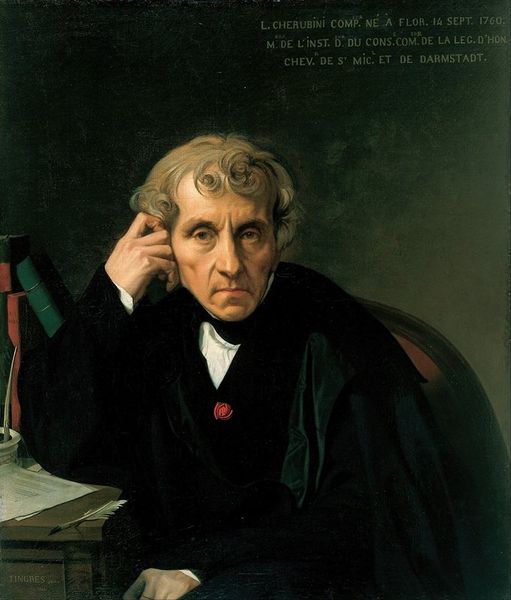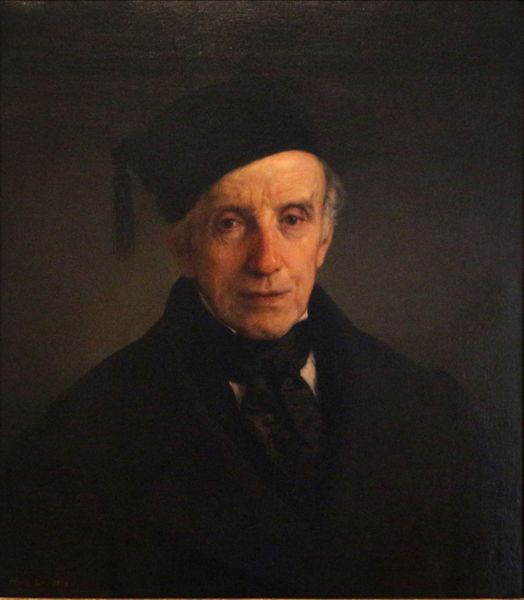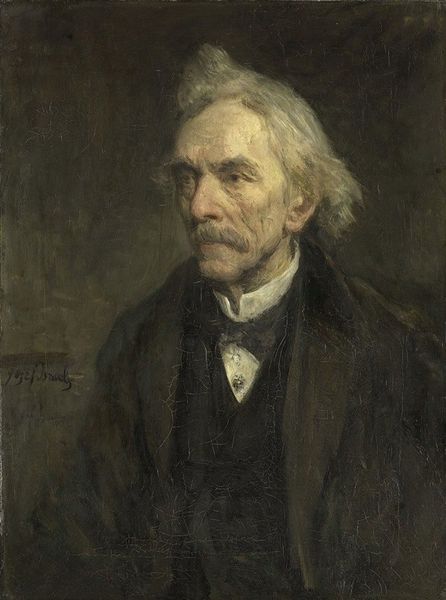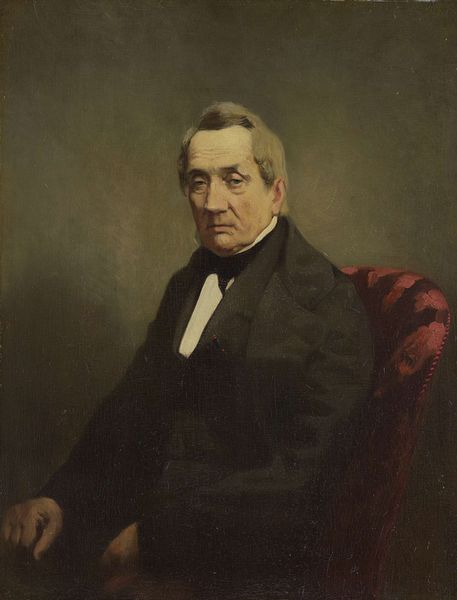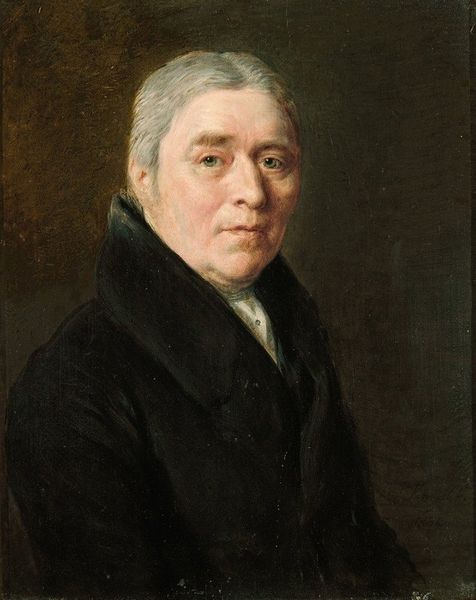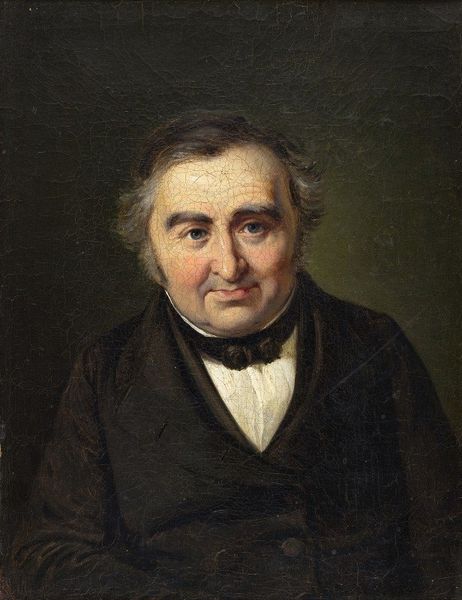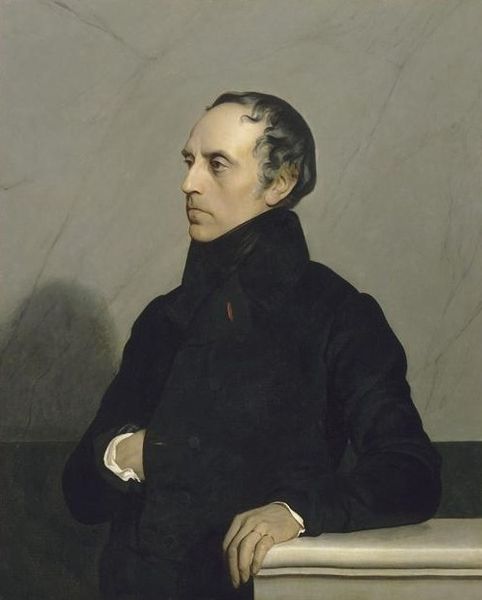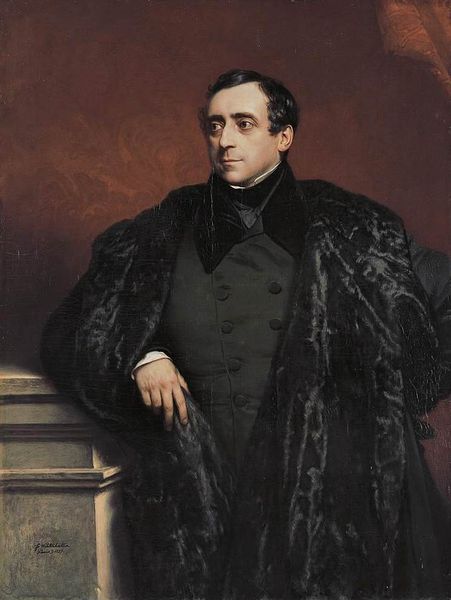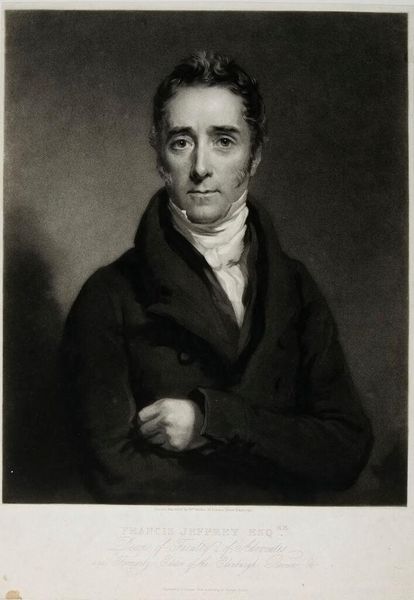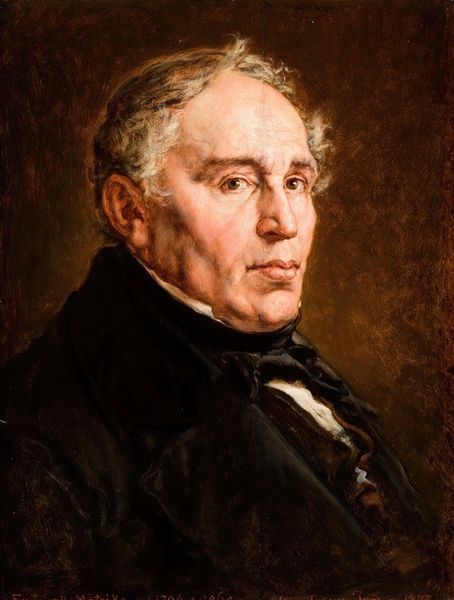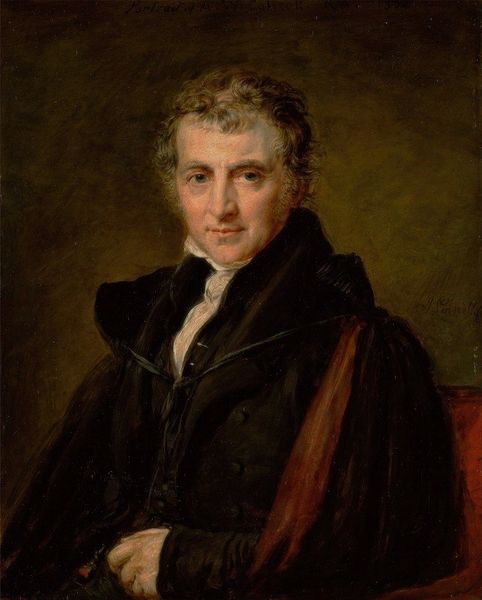
Copyright: Public Domain: Artvee
Curator: This is Jan Matejko's "Portrait of Karol Podlewski," executed in 1882. Editor: It immediately strikes me as a study in somberness. The palette is so restricted. Browns and blacks seemingly swallowing the figure. Curator: Indeed, the limited color range creates a powerful focus. Notice the light, though, how it falls across Podlewski's face, drawing attention to the intelligence in his eyes. Consider Matejko’s handling of light and shadow as signifiers, imbuing the subject with a kind of stoic wisdom, or even burden. Editor: And the very tight cropping? He's framed so closely it almost feels confrontational, or that he has been captured at a moment's notice; informally, so to speak. One can consider how these paintings, displayed in national museums, served to construct and promote very particular images of Polish identity. Curator: An interesting consideration, that these intimate renderings held profound public meanings. In formal terms, however, the textures are masterfully rendered – the almost liquid quality of the oil paint mimics the soft aging skin around the eyes and mouth. And yet his clothing remains almost monolithic, a shield of propriety and dignity. Editor: His stern countenance perhaps mirrors a certain historical moment in Poland. Painted during a period of national division and foreign rule, one must ask: Is this a simple portrait, or an effort in nation building through imagery, invoking a spirit of resilience and intellectual integrity. Curator: Both are not mutually exclusive. By using highly codified visual strategies—tenebrism, color, composition, for instance—Matejko offers the viewer access into a particular psychological sphere. Podlewski's portrait becomes a meditation on aging and memory but it cannot ignore its sociopolitical reality. Editor: Well put. Considering the painting's original display context in 19th-century Krakow, this canvas undoubtedly spoke to contemporary anxieties and aspirations concerning Polish cultural preservation and collective identity during its time. Curator: It makes one reconsider how portraits themselves function as signifiers across diverse social contexts and moments.
Comments
No comments
Be the first to comment and join the conversation on the ultimate creative platform.
